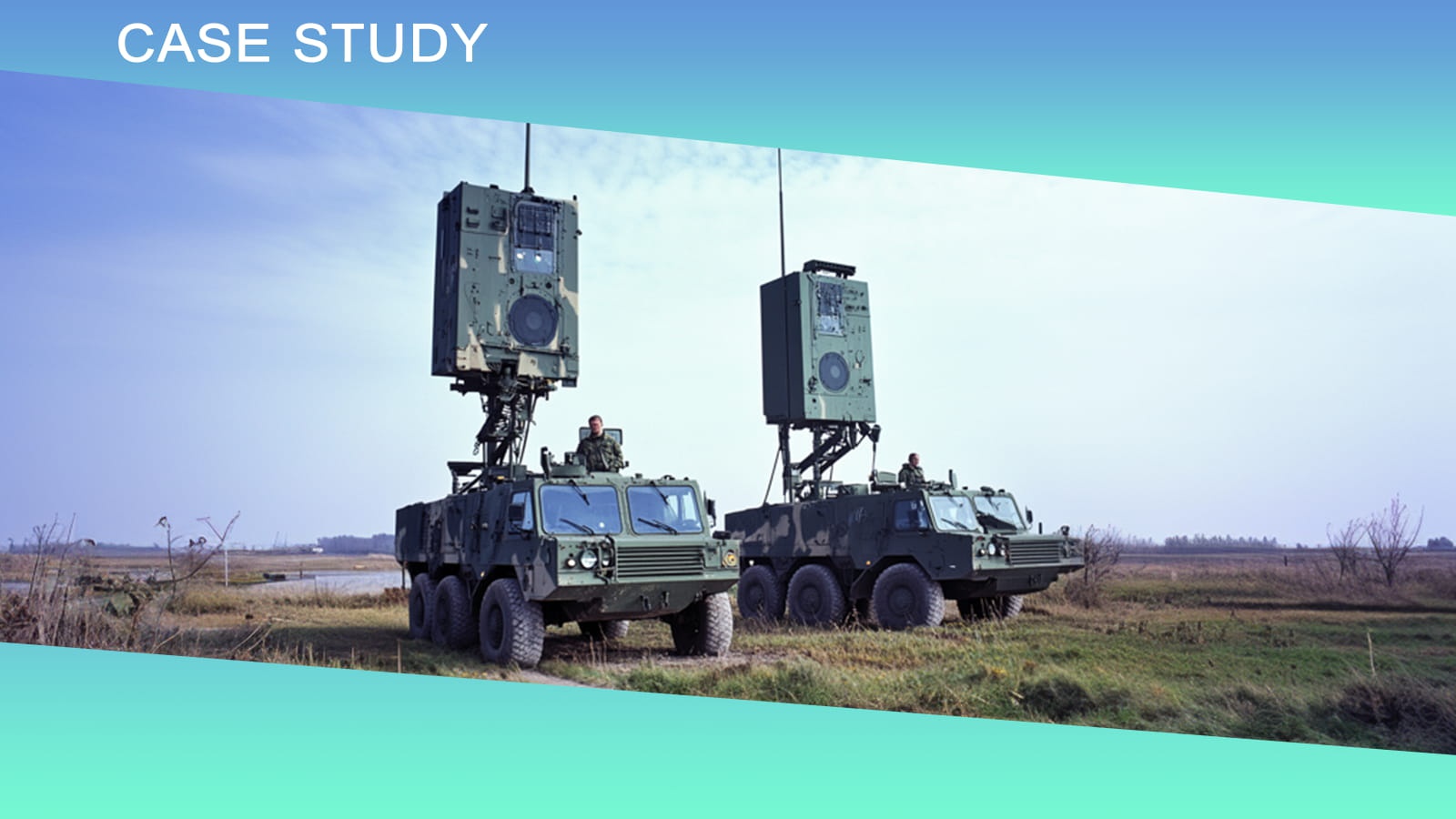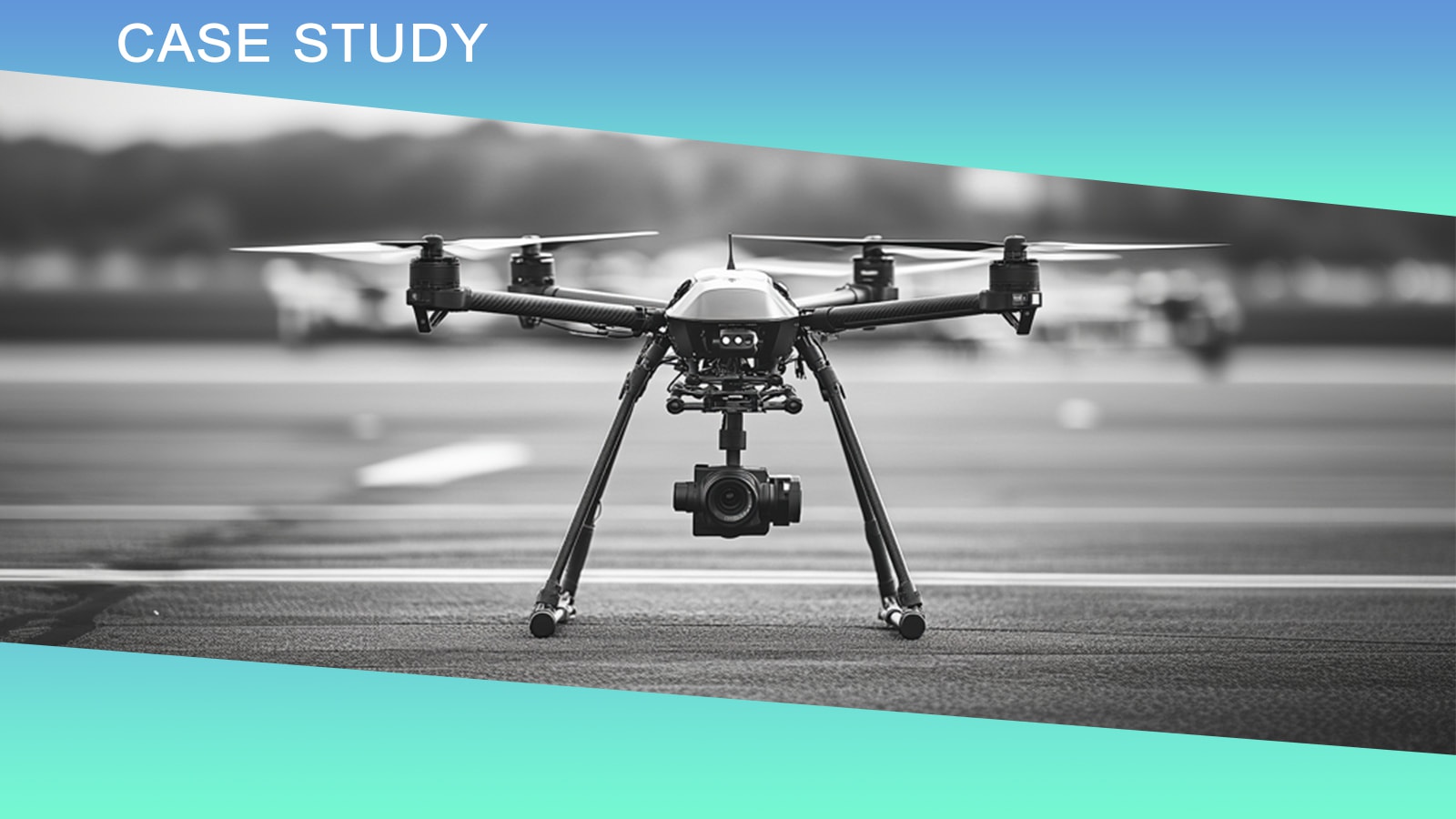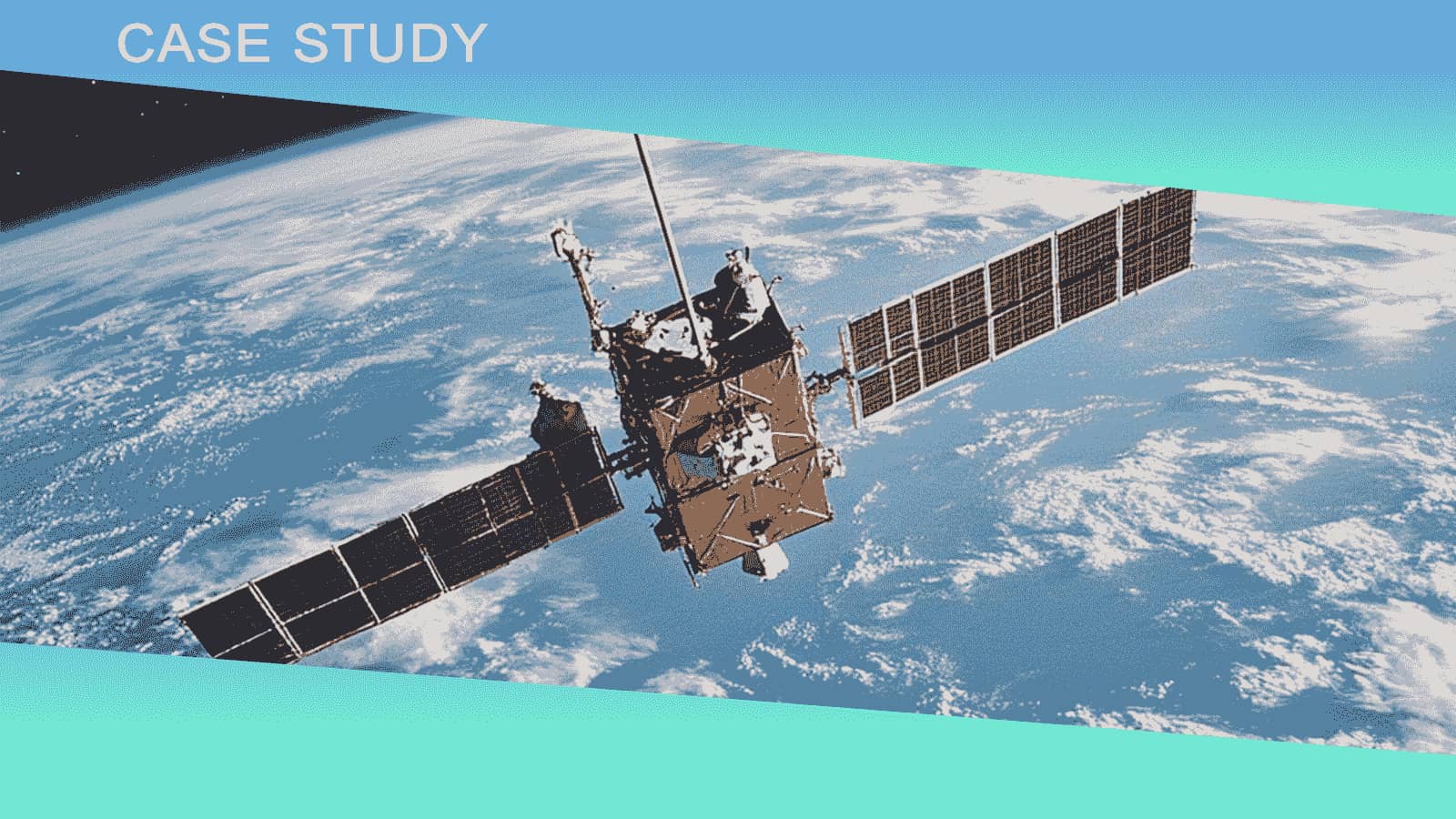Investigación sobre chip óptico integrado híbrido de giroscopio de fibra óptica
Jan 14, 2025
Puntos claveProducto: Giroscopio de fibra óptica basado en chip óptico integradoCaracterísticas clave:Componentes: utiliza un chip óptico integrado que combina funciones como luminiscencia, división del haz, modulación y detección en una plataforma de película delgada de niobato de litio (LNOI).Función: logra la integración "multi-en-uno" de funciones de ruta óptica no sensibles, lo que reduce el tamaño y los costos de producción al tiempo que mejora la polarización y la modulación de fase para un rendimiento preciso del giroscopio.Aplicaciones: Adecuado para posicionamiento, navegación, control de actitud y medición de inclinación de pozos petroleros.Optimización: mejoras adicionales en la relación de extinción de la polarización, la potencia de emisión y la eficiencia del acoplamiento pueden mejorar la estabilidad y la precisión.Conclusión: Este diseño integrado allana el camino para giroscopios de fibra óptica miniaturizados y de bajo costo, que satisfacen la creciente demanda de soluciones de navegación inercial compactas y confiables.Con las ventajas de estado totalmente sólido, alto rendimiento y diseño flexible, el giroscopio de fibra óptica se ha convertido en el giroscopio inercial principal, que se usa ampliamente en muchos campos como posicionamiento y navegación, control de actitud y medición de inclinación de pozos petroleros. En la nueva situación, la nueva generación de sistemas de navegación inercial se está desarrollando hacia la miniaturización y el bajo costo, lo que plantea requisitos cada vez más altos para el rendimiento integral del giroscopio, como volumen, precisión y costo. En los últimos años, el giroscopio resonador hemisférico y el giroscopio MEMS se han desarrollado rápidamente con la ventaja de su tamaño pequeño, lo que tiene un cierto impacto en el mercado de giroscopios de fibra óptica. El principal desafío de la reducción del volumen del giroscopio óptico tradicional es la reducción del volumen del camino óptico. En el esquema tradicional, la ruta óptica del giroscopio de fibra óptica se compone de varios dispositivos ópticos discretos, cada uno de los cuales se realiza en base a diferentes principios y procesos y tiene empaquetamiento y pigtail independientes. Como resultado, el volumen del dispositivo según la técnica anterior está cerca del límite de reducción y es difícil soportar una reducción adicional del volumen del giroscopio de fibra óptica. Por lo tanto, es urgente explorar nuevas soluciones técnicas para lograr la integración efectiva de diferentes funciones de la ruta óptica, reducir en gran medida el volumen de la ruta giroóptica, mejorar la compatibilidad del proceso y reducir el costo de producción del dispositivo.Con el desarrollo de la tecnología de circuitos integrados de semiconductores, la tecnología óptica integrada ha logrado avances gradualmente, el tamaño de las características se ha reducido continuamente y ha entrado en el nivel micro y nano, lo que ha promovido en gran medida el desarrollo técnico de los chips ópticos integrados y ha Se ha aplicado en comunicación óptica, computación óptica, detección óptica y otros campos. La tecnología óptica integrada proporciona una solución técnica nueva y prometedora para la miniaturización y el bajo costo de la ruta giroóptica de fibra óptica.1 Diseño de esquema de chip óptico integrado1.1 Diseño generalLa fuente de luz de enrutamiento óptico tradicional (SLD o ASE), acoplador cónico de fibra (denominado "acoplador"), modulador de fase de guía de onda de rama Y (denominado "modulador de guía de onda Y"), detector, anillo sensible (anillo de fibra). Entre ellos, el anillo sensible es la unidad central de la tasa de ángulo sensible y su tamaño de volumen afecta directamente la precisión del giroscopio.Proponemos un chip integrado híbrido, que consta de un componente fuente de luz, un componente multifuncional y un componente de detección mediante integración híbrida. Entre ellos, la parte de la fuente de luz es un componente independiente, que se compone de un chip SLD, un componente de colimación de aislamiento y componentes periféricos como un disipador de calor y un enfriador de semiconductores. El módulo de detección consta de un chip de detección y un chip amplificador de transresistencia. El módulo multifuncional es el cuerpo principal del chip híbrido integrado, que se basa en un chip de película delgada de niobato de litio (LNOI), e incluye principalmente guía de onda óptica, conversión de modo-punto, polarizador, divisor de haz, atenuador de modo, modulador y otros. estructuras de chips. El haz emitido por el chip SLD se transmite a la guía de ondas LNOI después del aislamiento y la colimación.El polarizador desvía la luz de entrada y el atenuador de modo atenúa el modo que no funciona. Después de que el divisor de haz divide el haz y el modulador modula la fase, el chip de salida ingresa al anillo sensible y a la velocidad angular sensible. La intensidad de la luz es capturada por el chip detector y la salida fotoeléctrica generada fluye a través del chip amplificador de transresistencia hasta el circuito de demodulación.El chip óptico integrado híbrido tiene las funciones de luminiscencia, división de haz, combinación de haz, desviación, modulación, detección, etc. Realiza la integración "multi-en-uno" de funciones no sensibles de la trayectoria giroóptica. Los giroscopios de fibra óptica dependen de la sensibilidad del ángulo del haz coherente con un alto grado de polarización, y el rendimiento de la polarización afecta directamente la precisión de los giroscopios. El modulador de guía de ondas Y tradicional en sí es un dispositivo integrado que tiene las funciones de desviación, división y combinación de haces y modulación. Gracias a los métodos de modificación de materiales, como el intercambio de protones o la difusión de titanio, los moduladores de guía de ondas Y tienen una capacidad de deflexión extremadamente alta. Sin embargo, los materiales de película delgada deben tener en cuenta los requisitos de tamaño, integración y capacidad de deflexión, que no pueden cumplirse mediante métodos de modificación de materiales. Por otro lado, el campo modal de la guía de ondas óptica de película delgada es mucho más pequeño que el de la guía de ondas óptica de material a granel, lo que resulta en cambios en la distribución del campo electrostático y en los parámetros del índice electrorefractivo, y es necesario rediseñar la estructura del electrodo. Por lo tanto, el polarizador y el modulador son los puntos centrales de diseño del chip "todo en uno".1.2 Diseño específicoLas características de polarización se obtienen mediante polarización estructural y se diseña un polarizador en chip, que consta de una guía de ondas curva y una guía de ondas recta.Acordado. La guía de ondas curva puede limitar la diferencia entre el modo de transmisión y el modo de no transmisión y lograr el efecto de polarización del modo. La pérdida de transmisión del modo de transmisión se reduce estableciendo el desplazamiento.Las características de transmisión de la guía de ondas ópticas se ven afectadas principalmente por la pérdida por dispersión, la fuga de modo, la pérdida de radiación y la pérdida por desajuste de modo. Teóricamente, la pérdida por dispersión y la fuga de modo de las guías de ondas curvas pequeñas son pequeñas, y están limitadas principalmente por el proceso tardío. Sin embargo, la pérdida de radiación de las guías de ondas curvas es inherente y tiene diferentes efectos en diferentes modos. Las características de transmisión de la guía de onda curva se ven afectadas principalmente por la pérdida por desajuste de modo, y existe una superposición de modo en la unión de la guía de onda recta y la guía de onda curva, lo que resulta en un fuerte aumento en la dispersión de modo. Cuando la onda de luz se transmite a la guía de ondas polarizada, debido a la existencia de curvatura, el índice de refracción efectivo del modo de onda de luz es diferente en la dirección vertical y en la dirección paralela, y la restricción del modo es diferente, lo que resulta en una atenuación diferente. efectos para los modos TE y TM.Por lo tanto, es necesario diseñar los parámetros de la guía de ondas de flexión para lograr el rendimiento de deflexión. Entre ellos, el radio de curvatura es el parámetro clave de la guía de ondas de curvatura. La pérdida de transmisión bajo diferentes radios de curvatura y la comparación de pérdidas entre diferentes modos se calculan mediante el solucionador de modo propio FDTD. Los resultados calculados muestran que la pérdida de la guía de ondas disminuye con el aumento del radio en radios de curvatura pequeños. Sobre esta base, se calcula la relación entre la propiedad de polarización (relación entre el modo TE y el modo TM) y el radio de curvatura, y la propiedad de polarización es inversamente proporcional al radio de curvatura. La determinación del radio de curvatura del polarizador en chip debe considerar el cálculo teórico, los resultados de la simulación, la capacidad tecnológica y la demanda real.El dominio del tiempo de diferencias finitas (FDTD) se utiliza para simular el campo de luz transmitida del polarizador en el chip. El modo TE puede atravesar la estructura de la guía de ondas con baja pérdida, mientras que el modo TM puede producir una atenuación de modo obvia, para obtener luz polarizada con una alta tasa de extinción. Al aumentar el número de guías de ondas en cascada, se puede mejorar aún más la relación de extinción de la relación de extinción de polarización y se puede obtener un rendimiento de la relación de extinción de polarización superior a -35 dB en la escala de micras. Al mismo tiempo, la estructura de la guía de ondas en el chip es simple y es fácil realizar la fabricación de bajo costo del dispositivo.2 Verificación del rendimiento del chip óptico integradoEl chip principal LNOI del chip óptico integrado es una muestra sin cortar grabada con múltiples estructuras de chip, y el tamaño de un único chip principal LNOI es de 11 mm × 3 mm. La prueba de rendimiento del chip óptico integrado incluye principalmente la medición de la relación espectral, la relación de extinción de polarización y el voltaje de media onda.Basado en el chip óptico integrado, se construye un prototipo de giroscopio y se lleva a cabo la prueba de rendimiento del chip óptico integrado. Rendimiento estático de polarización cero de un prototipo de giroscopio basado en un chip óptico integrado en una base aislada sin vibraciones a temperatura ambiente. basado en conjuntosEl giroscopio formado en un chip óptico tiene una deriva prolongada en el segmento de arranque, lo que se debe principalmente a las características de arranque de la fuente de luz y a la gran pérdida del enlace óptico. En la prueba de 90 minutos, la estabilidad de polarización cero del giroscopio es de 0,17°/h (10 s). En comparación con el giroscopio basado en dispositivos discretos tradicionales, el índice de estabilidad de polarización cero se deteriora en un orden de magnitud, lo que indica que el chip óptico integrado debe optimizarse aún más. Direcciones principales de optimización: mejorar la relación de extinción de polarización del chip, mejorar la potencia luminosa del chip emisor de luz, mejorar la eficiencia del acoplamiento final del chip y reducir la pérdida general del chip integrado.3 ResumenProponemos un chip óptico integrado basado en LNOI, que puede realizar la integración de funciones no sensibles como luminiscencia, división de haz, combinación de haz, desviación, modulación y detección. La estabilidad de polarización cero del prototipo de giroscopio basado en el chip óptico integrado es de 0,17°/h. En comparación con los dispositivos discretos tradicionales, el rendimiento del chip todavía tiene una cierta brecha, que debe optimizarse y mejorarse aún más. Exploramos preliminarmente la viabilidad de funciones de ruta óptica totalmente integradas, excepto el anillo, que pueden maximizar el valor de la aplicación del chip óptico integrado en el giroscopio y satisfacer las necesidades de desarrollo de miniaturización y bajo costo del giroscopio de fibra óptica.GF50Giroscopio de fibra óptica estándar militar de precisión media de un solo eje GF60Velocidad Angular Imu del giroscopio de fibra óptica de baja potencia del giroscopio de fibra de un solo eje para navegación













 RED SOPORTADA
RED SOPORTADA
